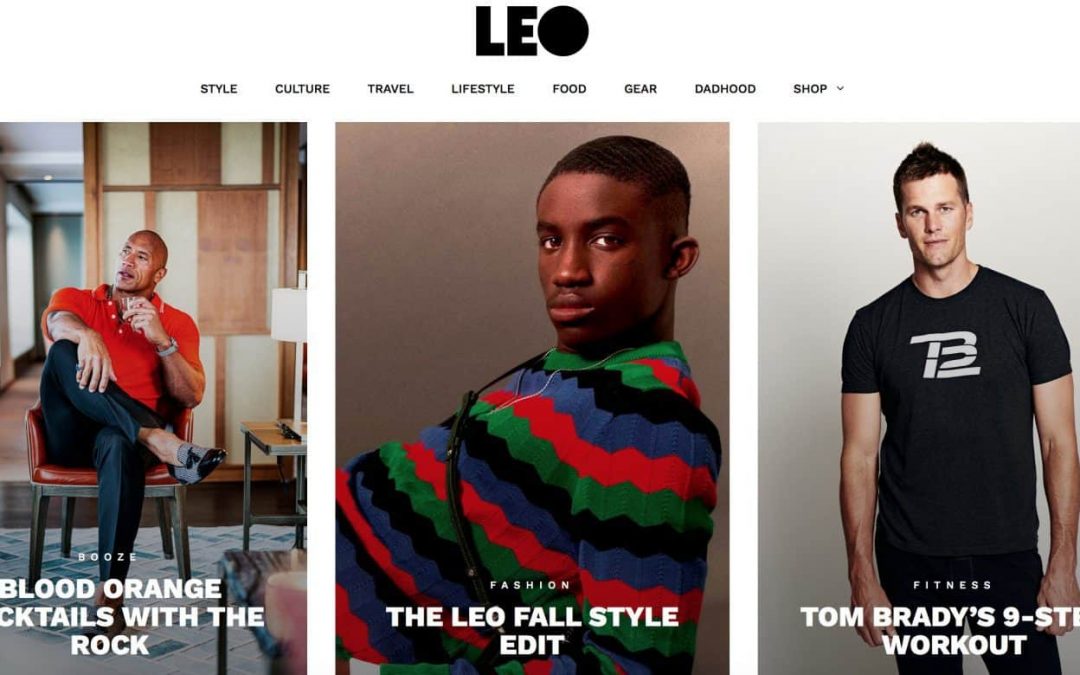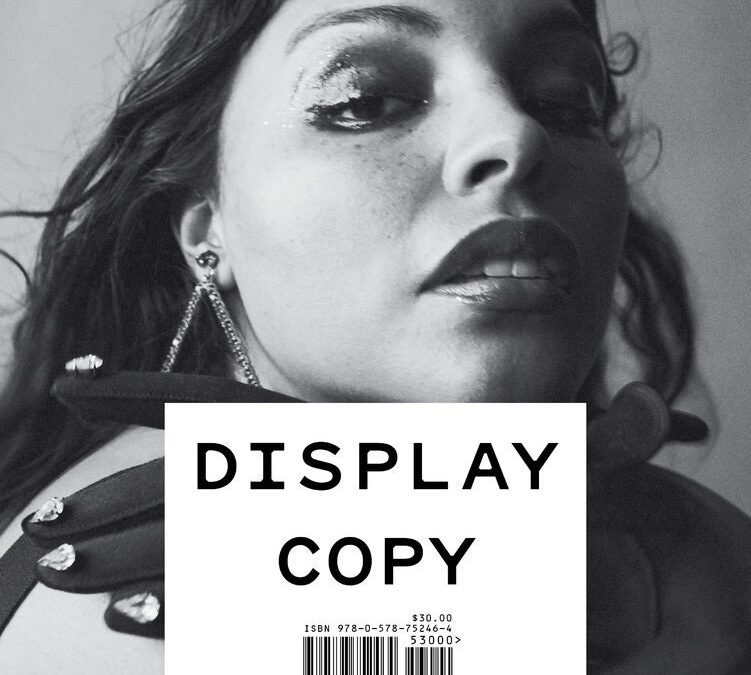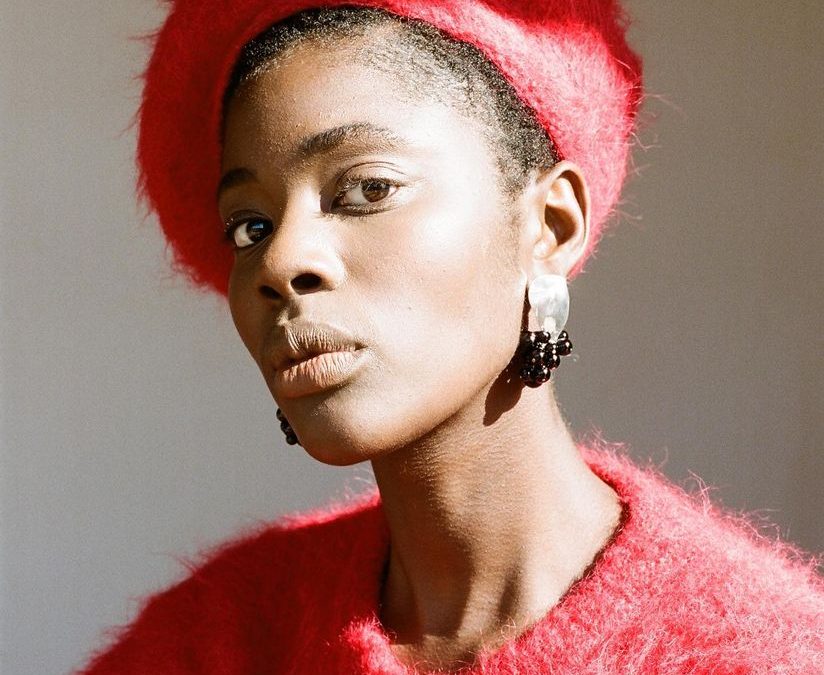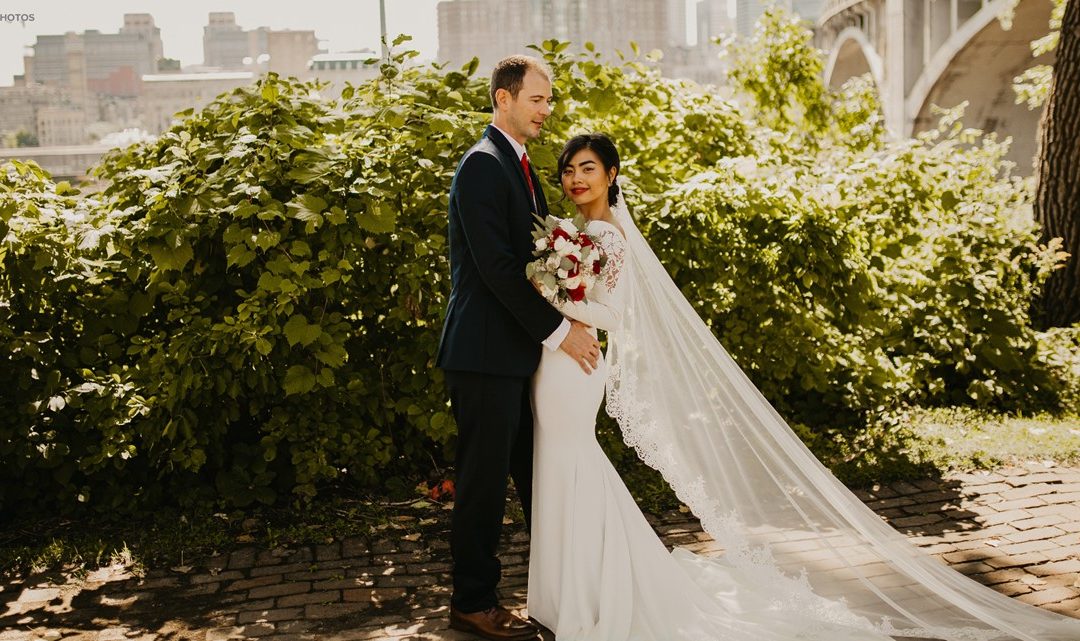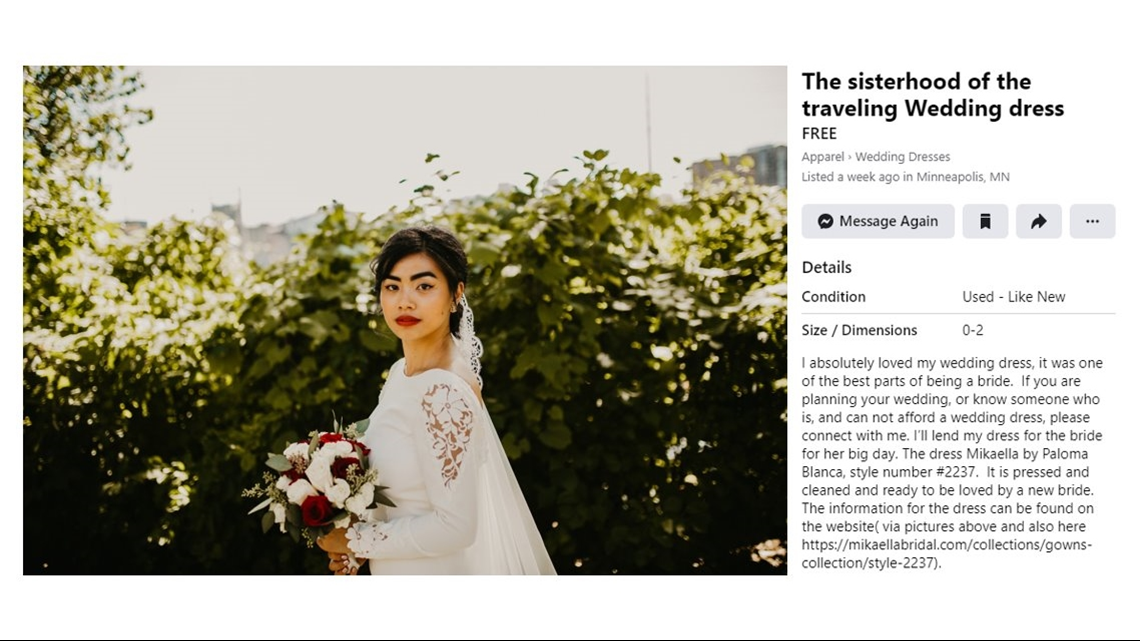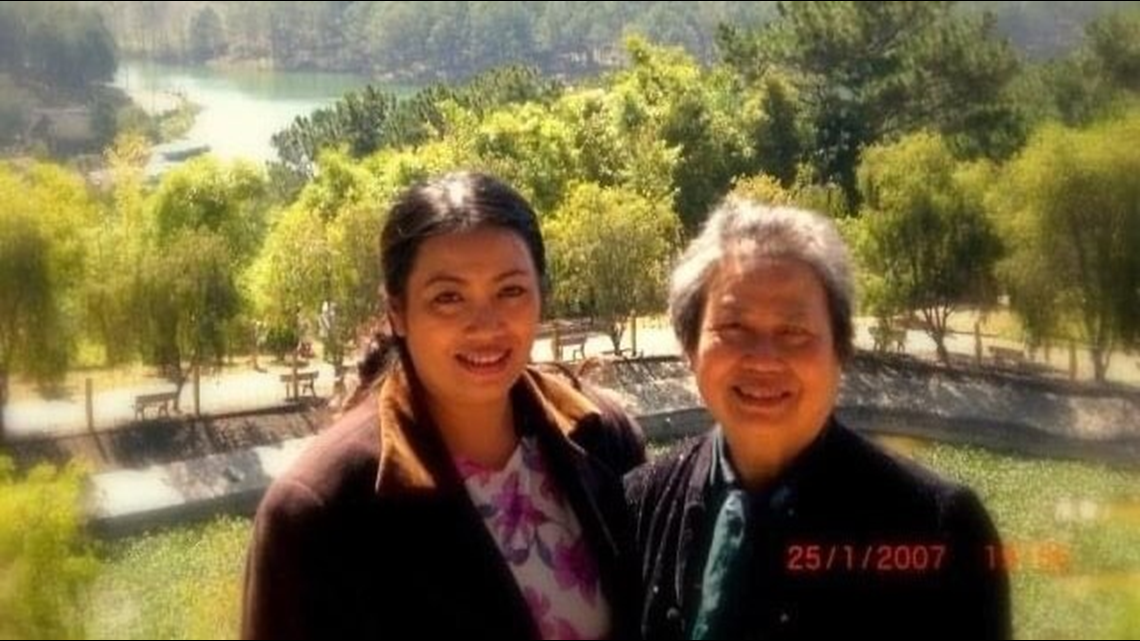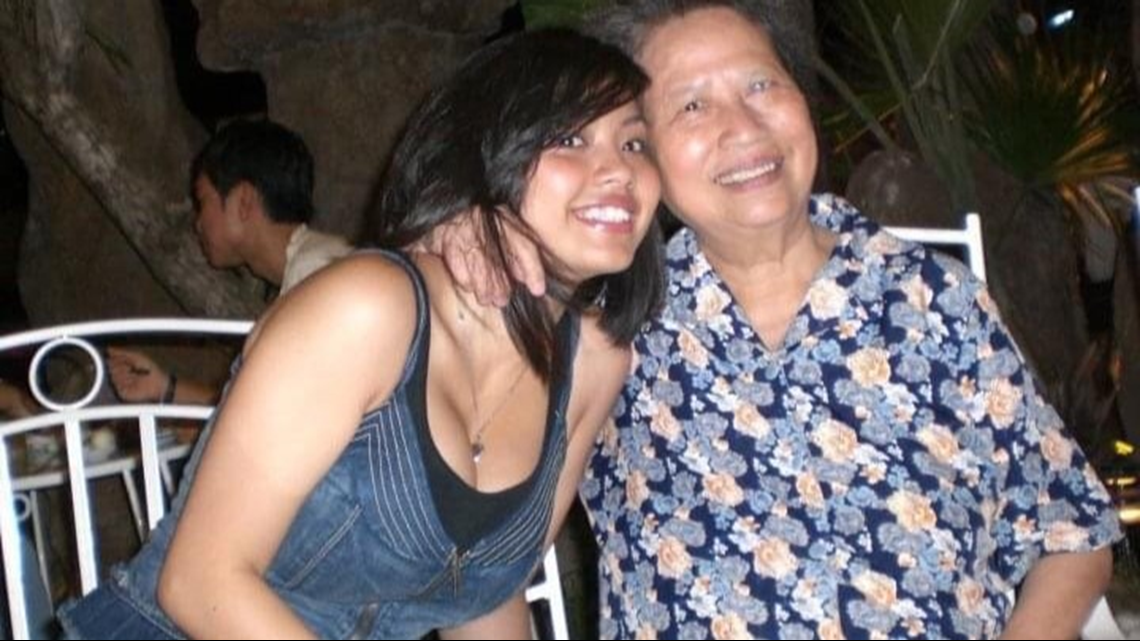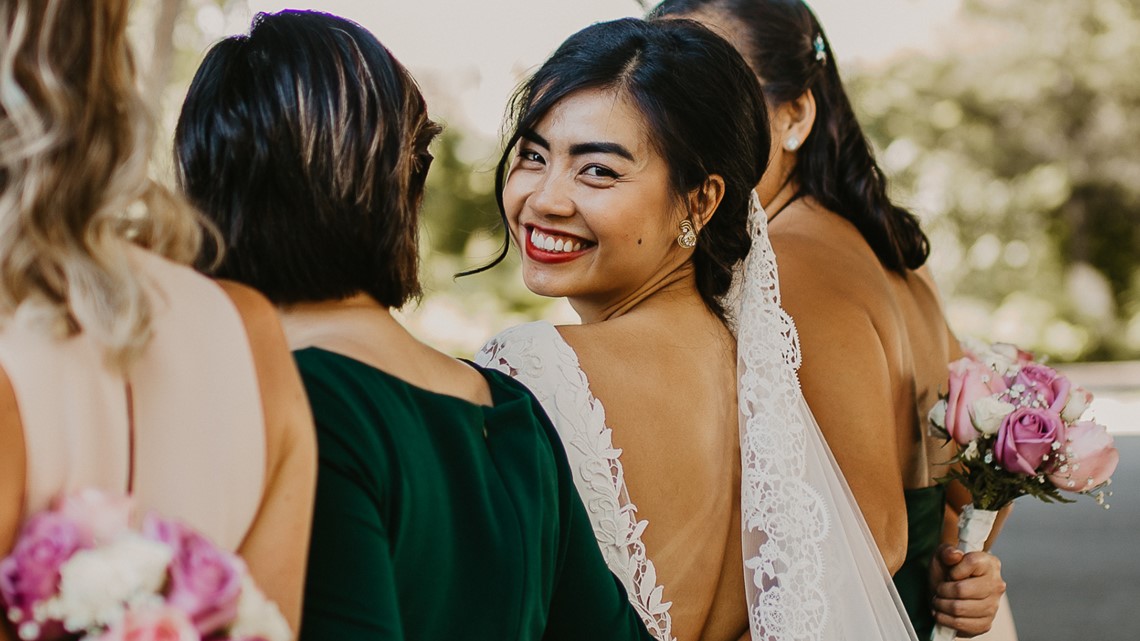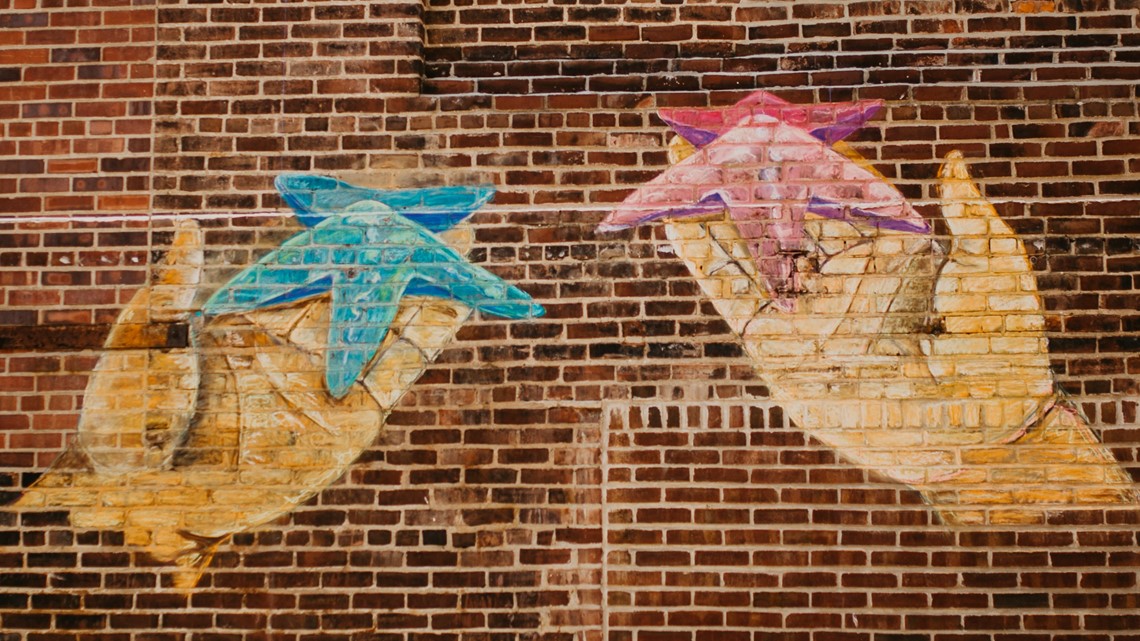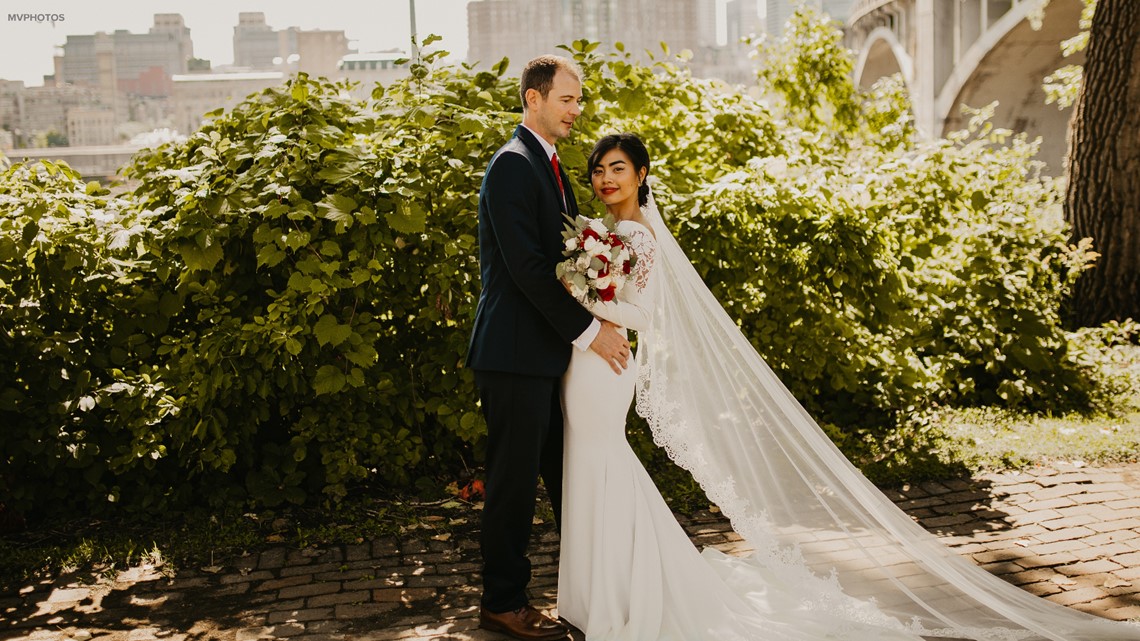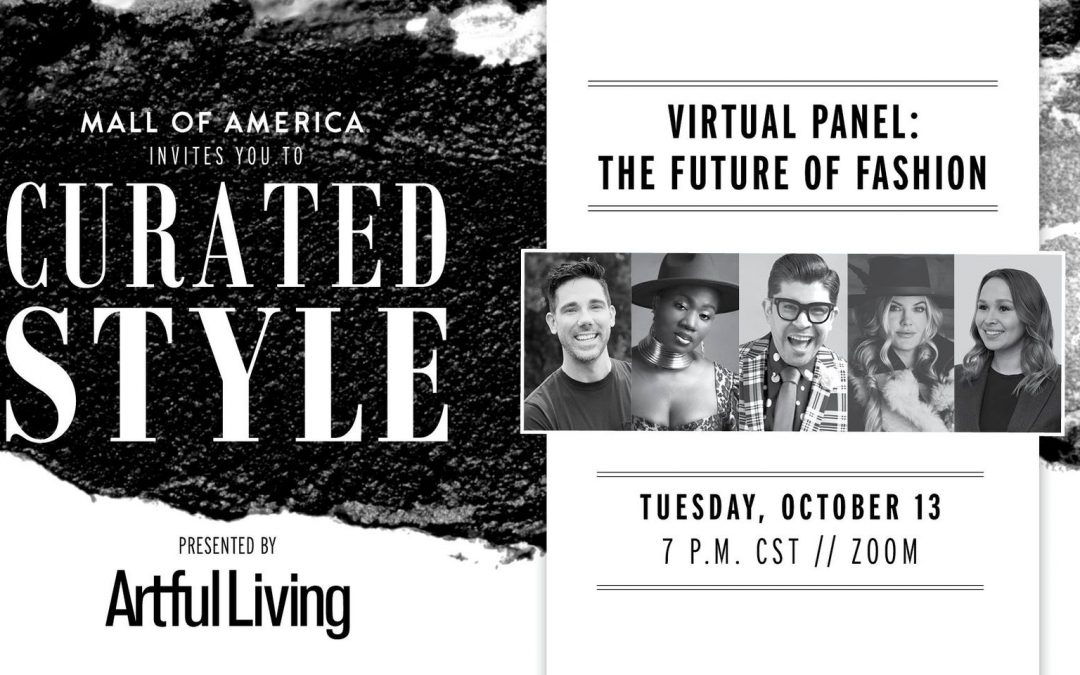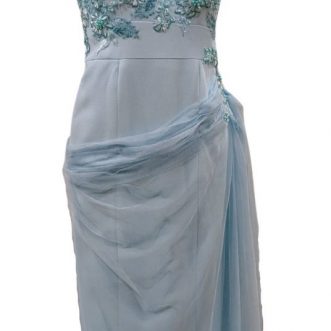How did you come up with the idea for Leo?
Honestly, I had a few clients that had been bugging me about doing a men’s website for years. I had been wanting to work on this forever, but with my styling schedule always being so insane, I just never had the time. Obviously, once the pandemic happened, I suddenly had the time and I really didn’t waste a minute. I got going on it almost right away and have been doing that full time for at least seven months.
What was it about men’s stories that interested you?
I’ve just worked with men for so long as a stylist and I had a men’s store for years. Before I was a stylist, I was a writer and mostly wrote for men’s magazines. I’ve just always had a knack for understanding men for some reason. My clients and my male friends have always come to me for all their style inquiries but also everything from “What should I buy my girlfriend for her birthday” and “Where should I go on this trip” to “Should I do this movie/project?” I happen to have quite an assertive opinion and I think men respond to that.
Why is it called Leo?
I named it after my newborn son. I had twins who are about to turn one-year-old. They were four-months-old when the pandemic hit. I have two daughters and Leo was my first son. It felt right to name my men’s website after my son. Plus, the word Leo has some great masculine undertones, and I just liked the way it looked graphically.
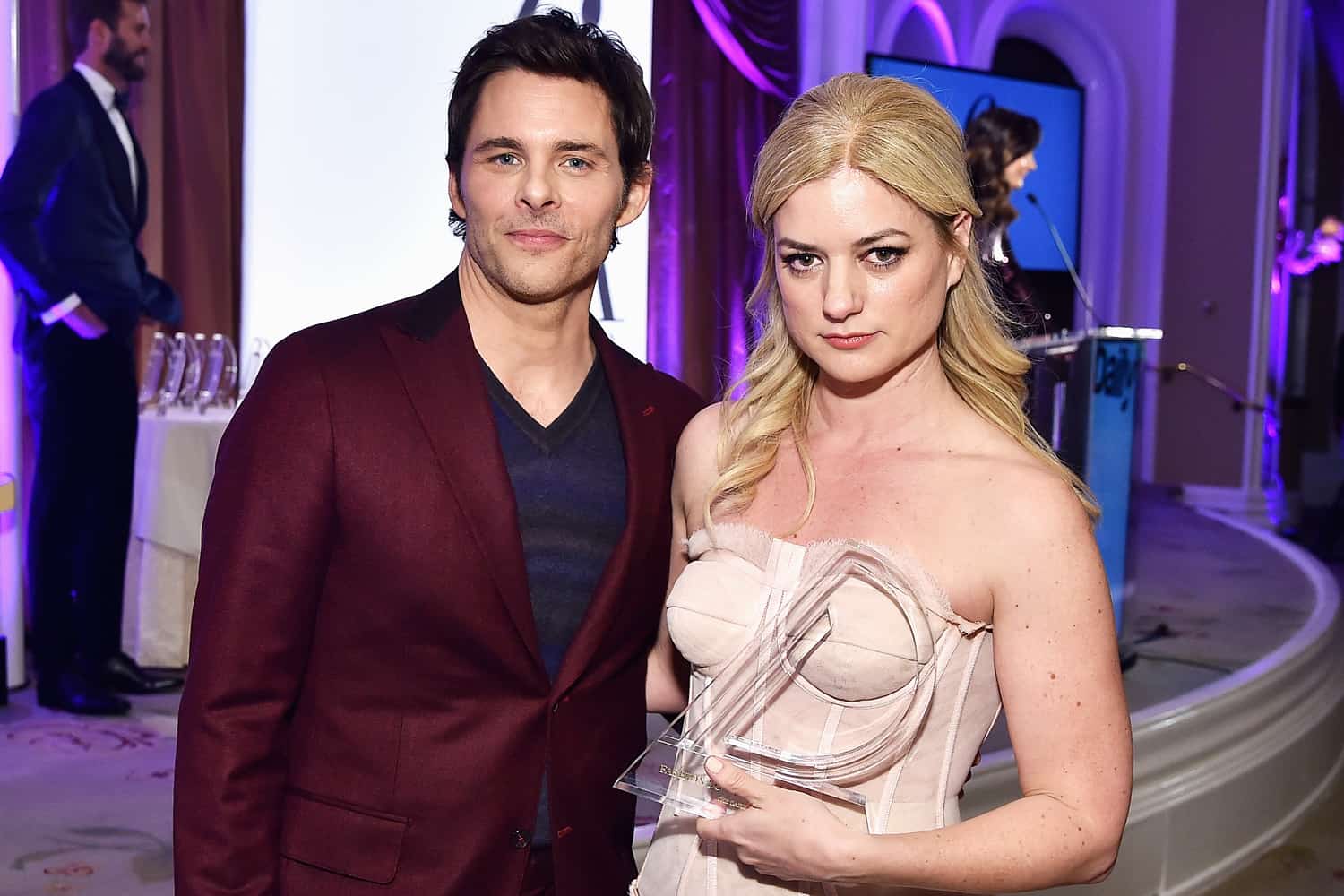
James Marsden and Ilaria Urbinati (Getty Images)
How often will you be updating? How can we sign up? Is it free?
The newsletter is five days a week, Monday through Friday. One must-know-item a day right to your inbox. The website launches with 30 features, which was quite the feat. After that we will be doing three new features a week, until we give readers a chance to catch up. After that we will update it five days a week. To sign up, you just go to leoedit.com and you can subscribe for the newsletter and peruse the website anytime. And yes, it’s free!
Who are some of the “friends of Leo?”
I’m fortunate in that I’ve been surrounded by incredible creatives and experts in their fields, and everyone I approached about contributing features to the site said yes. We are launching with pieces from The Rock, Tom Brady, Charlie Puth, Lady A, Chef Curtis Stone, Manny Pacquiao’s boxing coach Justin Fortune, and so on. We also have other upcoming features coming soon after that from Casey Affleck, Armie Hammer, Aaron Paul, Lucy Boynton, director Luca Guadagnino, and more. And just a lot of authors, gamers, athletes, musicians, costume designers, scientists, filmmakers, and trainers.

What are some of the first stories featured on the site?
We have a tequila recipe from The Rock, a fitness feature with Tom Brady, a really cool music feature with Charlie Puth, which he wrote himself—it turns out he’s really funny and a great writer! A steak recipe from Chef Curtis Stone and a Nashville guide from Lady A (formerly known as Lady Antebellum). We have a knife guide, a motorcycle guide, quite a bit of food and travel features, film/book/and podcast features, and an interview with Justin Fortune about the future of boxing fights post-COVID. And, of course, I did all of the shopping and style features. We have the Leo Fall Edit and various others. I meticulously select every single style item on the site. It’s like being styled by me for free!
This has been a rough year for stylists due to a lack of red carpets, press junkets, etc.. How have you managed to stay upbeat?
The website has kept me too busy to get down. Obviously my three kids and my partner Johnny keep me super happy. Having had twins right before the pandemic was both stressful and the ultimate joy. I do a lot of research on what’s going on in the world and with COVID but I try and keep away from the negativity from the news and social media as much as possible. But for sure the website has been a true silver lining in this whole situation.
What have you missed most this year about styling?
Mostly I miss fittings, seeing my clients, and awards shows like Venice, Cannes, and the Emmys. I miss tuxedos! But just that one-on-one collaboration with clients.
–

